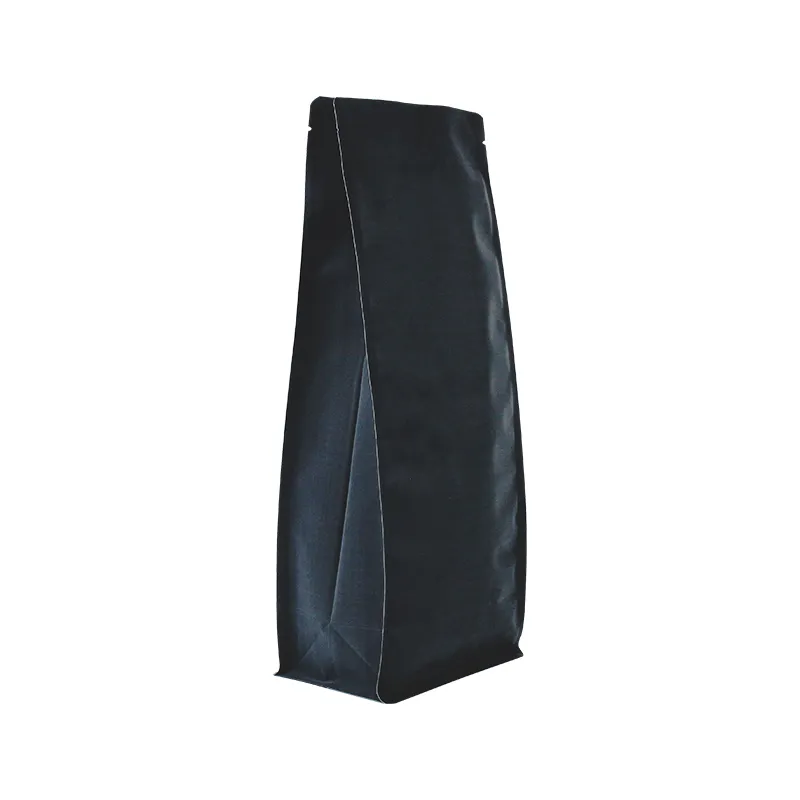- Afrikaans
- Albanian
- Amharic
- Arabic
- Armenian
- Azerbaijani
- Basque
- Belarusian
- Bengali
- Bosnian
- Bulgarian
- Catalan
- Cebuano
- chinese_simplified
- chinese_traditional
- Corsican
- Croatian
- Czech
- Danish
- Dutch
- English
- Esperanto
- Estonian
- Finnish
- French
- Frisian
- Galician
- Georgian
- German
- Greek
- Gujarati
- haitian_creole
- hausa
- hawaiian
- Hebrew
- Hindi
- Miao
- Hungarian
- Icelandic
- igbo
- Indonesian
- irish
- Italian
- Japanese
- Javanese
- Kannada
- kazakh
- Khmer
- Rwandese
- Korean
- Kurdish
- Kyrgyz
- Lao
- Latin
- Latvian
- Lithuanian
- Luxembourgish
- Macedonian
- Malgashi
- Malay
- Malayalam
- Maltese
- Maori
- Marathi
- Mongolian
- Myanmar
- Nepali
- Norwegian
- Norwegian
- Occitan
- Pashto
- Persian
- Polish
- Portuguese
- Punjabi
- Romanian
- Russian
- Samoan
- scottish-gaelic
- Serbian
- Sesotho
- Shona
- Sindhi
- Sinhala
- Slovak
- Slovenian
- Somali
- Spanish
- Sundanese
- Swahili
- Swedish
- Tagalog
- Tajik
- Tamil
- Tatar
- Telugu
- Thai
- Turkish
- Turkmen
- Ukrainian
- Urdu
- Uighur
- Uzbek
- Vietnamese
- Welsh
- Bantu
- Yiddish
- Yoruba
- Zulu
Eco-Friendly Solutions for Sustainable Food Packaging Materials and Practices
Sustainable Food Packaging Materials A Step Towards a Greener Future
In recent years, the environmental impact of food packaging has become an increasingly pressing issue. The global food industry generates millions of tons of packaging waste every year, much of which is non-biodegradable and contributes significantly to pollution and climate change. As consumers become more health and environmentally conscious, the demand for sustainable food packaging materials has surged. This article explores some innovative approaches to sustainable food packaging and their potential benefits for the environment and human health.
Understanding Sustainable Food Packaging
Sustainable food packaging refers to materials and methods used in packaging food that are environmentally responsible and resource-efficient throughout their lifecycle. This means considering the impact of materials from production to disposal. An effective sustainable approach minimizes waste, reduces reliance on fossil fuels, and uses renewable or recycled resources.
Biodegradable and Compostable Materials
One of the most promising avenues for sustainable food packaging is the use of biodegradable and compostable materials. Unlike traditional plastic, which can take hundreds of years to decompose, biodegradable materials break down more quickly. These materials are often made from natural sources such as corn starch, mushrooms, or sugarcane. For instance, packaging made from polylactic acid (PLA), a biodegradable polymer derived from corn, can decompose within months under the right conditions.
Compostable packaging goes a step further by not only breaking down into natural components but also contributing to soil health when added to compost. This trend is catching on in the food service industry, where many restaurants are opting for compostable plates, cups, and utensils, significantly reducing their environmental footprint.
Recyclable Packaging Solutions
Another pillar of sustainable food packaging is the use of recyclable materials. Cardboards, papers, and certain plastics can be designed to be easily recyclable, thus diverting waste from landfills. The key is utilizing single-material structures rather than multi-layered designs that are difficult to recycle. Companies are increasingly adopting recyclable materials in their packaging, and consumer participation in recycling programs is crucial to ensure the effectiveness of these initiatives.
sustainable food packaging materials

For example, brands are rethinking their packaging designs, creating bottles and containers from post-consumer recycled materials. This not only reduces the amount of new plastic produced but also encourages a circular economy, where products are reused and recycled continuously.
Edible Packaging Innovations
The concept of edible packaging is gaining traction as an innovative solution to food waste. Made from food-grade materials, such as seaweed or rice paper, edible packaging can enhance the eating experience while reducing waste. For instance, some companies have developed edible films that wrap around food products like cheese or candy, which can be consumed along with the product itself. This not only eliminates packaging waste but also presents exciting opportunities for culinary creativity.
Challenges and Future Directions
Despite the promising developments in sustainable food packaging, there are challenges to overcome. The cost of sustainable materials is often higher than traditional options, which can deter businesses from making the switch. Additionally, the durability and shelf-life of sustainable packaging can sometimes be inferior, posing challenges for food safety and quality.
Education and collaboration across the supply chain will play a crucial role in driving the adoption of sustainable packaging. By raising consumer awareness about the benefits of sustainable packaging and advocating for supportive policies, we can foster a market that prioritizes environmental sustainability.
Conclusion
Sustainable food packaging materials represent a crucial step towards reducing the environmental impact of the food industry. From biodegradable materials and recyclable solutions to imaginative edible packaging, innovations are paving the way for a greener future. While challenges remain, the commitment from businesses, consumers, and policymakers can turn the tide towards sustainable practices. By making more environmentally conscious choices in food packaging, we can contribute to a healthier planet for future generations while also enjoying delicious and responsibly packaged food.













